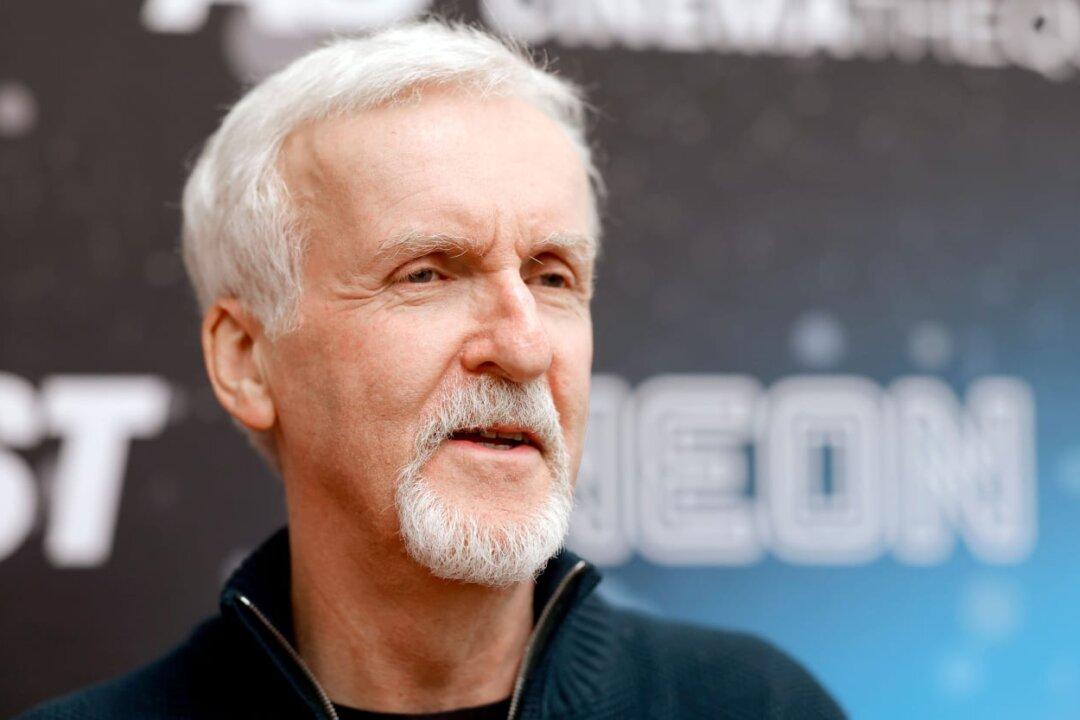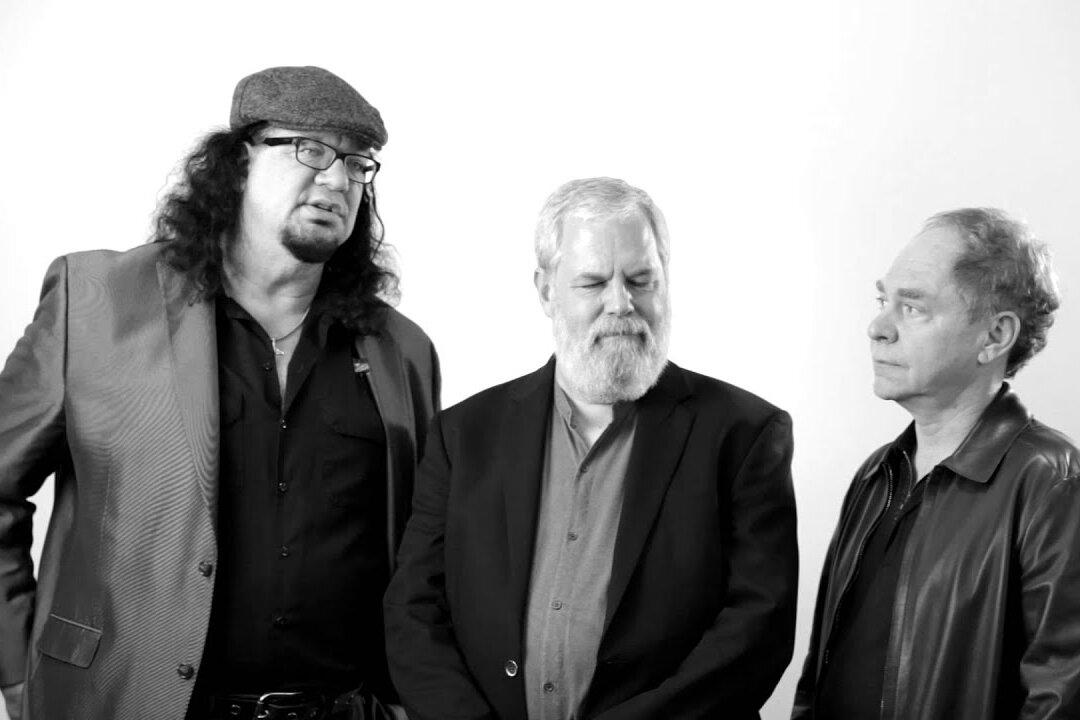Within seconds of the start of “Deep in the Heart” (also known as “Deep in the Heart: A Texas Wildlife Story”), we become aware that this isn’t going to be the usual nature documentary feature. It opens with a wide panoramic aerial shot of Guadalupe Peak, the highest natural point in Texas, located in the far west region.
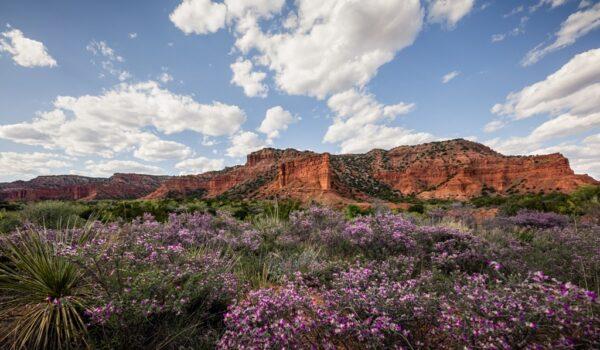
For those of us who have never been to the Lone Star State, it immediately dispels the assumptions that it’s just a vast desert spotted with the occasional oil rig and home to millions of roaming horned cattle.
This preamble also marks the first time we hear the voice of native son Matthew McConaughey, whose understated, honey-tinged narration is the ideal vessel for the words penned by his fellow Texan, writer and director Ben Masters.

Dark History
Before delving into the “nature” aspects of his film, Masters presents a brief, but thorough, history of Texas as it applies to wildlife and game, and to his credit, it’s not pretty.Although not exclusive to Texas, the unchecked hunting and slaughter of various species in the state during the mid-to-late 19th century bordered on the catastrophic and resulted in the near-obliteration of some animals and the total extinction of others. On the upside, those in power reacted with new laws designed to right these many wrongs, and for the most part, they succeeded.
One of the first of these corrections, spearheaded by ranchers Charles and Molly Goodnight, involved the relocation of the endangered Plains bison to Caprock Canyons State Park, where they, along with white-tailed deer, continue to thrive and increase in numbers.
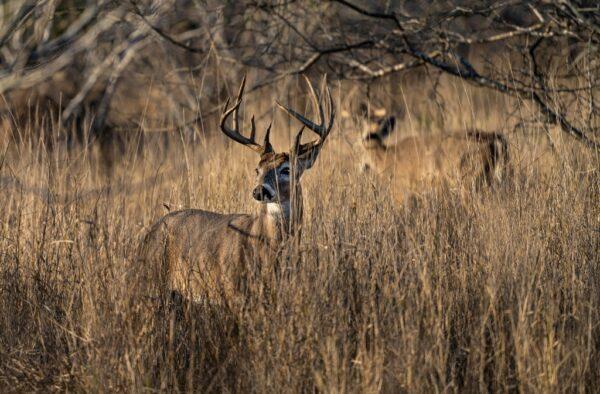
It’s also during this stretch that Masters reveals his funny bone with comical cameos turned in by prairie dogs and an owl with a disapproving scowl that leads into an exuberant exit-stage-left strut.
Atypical Storytelling
In the space of a mere 10 minutes, Masters puts the audience through an emotional wringer after a mother ocelot becomes separated from her two cubs while foraging for food. In the woods bathed in moonlight, the mother cries out, hoping the cubs will hear her.Almost in a whisper, McConaughey says, “The worst sound a mother can hear ...” followed by 20 seconds of still, motionless footage. The sentence is then punctuated with a final, ominous word. It’s gut-wrenchingly bittersweet and is just one example of Masters’ multiple uses of mystery, thriller, and nonverbal storytelling devices seen throughout.
Much of the same can be said for the multi-genre score by Noah Sorota, sound designer Lyman Hardy, and editor Sam Klatt, all of whom subscribe to the “less is more” school of thought.
The placid images in the film more often resemble barely moving oil paintings than the usual earsplitting, whiplash-inducing, millisecond length cut-and-slash flicks that tend to overwhelm and numb the senses of the viewer.
In bridging the gap between land and water, Masters, director of photography Skip Hobbie, and a few of the eight other cinematographers on the project include a time-dissolve shot of the Devils River, which is part of the Rio Grande drainage basin.
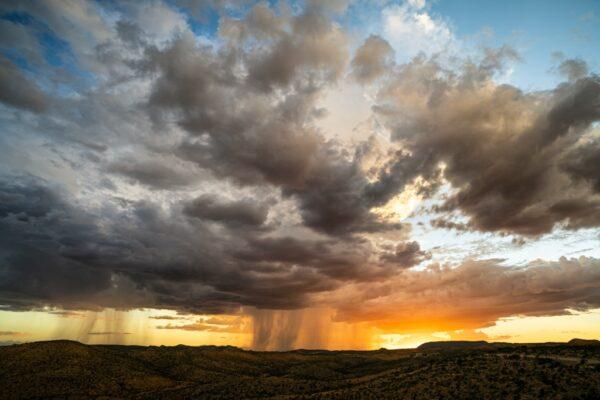
Going Underground
The first of two water-based segments takes place in a cavern located deep below the surface at the San Marcos Pool portion of the Edwards Aquifer. It’s the home of several endangered amphibians, including the blind Texas salamander and the blind catfish, a creature with such a low metabolism, that it can go four years without eating.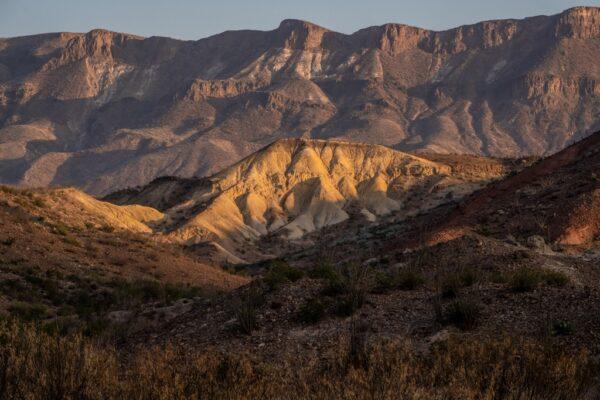
One of the more unique creatures to show up toward the end of the film is the alligator gar, a ray-finned euryhaline fish with origins that go back more than 70 million years.
Lying just below the ground on dry land is Bracken Cave just outside of San Antonio, which houses 20 million Mexican free-tailed bats, making it the largest concentration of mammals on the planet.
When flying in packs, their “safety in numbers” mentality keeps them alive, but if the bats stray, they become easy aerial prey for red-tailed hawks and peregrine falcons. In one scene, a wayward bat becomes the target of a coachwhip snake, which at 4 miles per hour, makes it one of the fastest of its kind in the world.
Located in the Chihuahuan Desert near the Mexico border is Big Bend National Park, the habitat of both black bears and mountain lions, which unfortunately are still not protected by hunting limits.
The Whole Package
Some documentaries look great, but are thin on content, while others are highly informative, but lack visual appeal; the bulk of them are exceedingly stuffy and arid.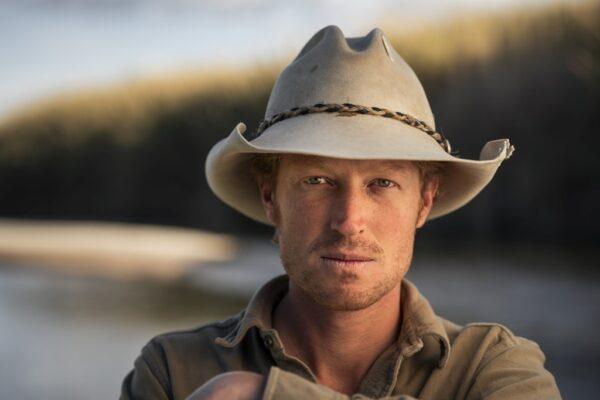
“Deep in the Heart” comes deep from the heart and has it all and then some. Beneath its splendid veneer is soul, humor, intelligence, and warmth. It took three years to make at a budget of just over $1 million, yet it looks like something that cost 20 times as much.
It’s a glorious celebration of life that will put anyone who witnesses its wonders in a state of utter amazement and awe.
Masters and his creative team have created one of, if not the finest nature documentaries ever produced.



